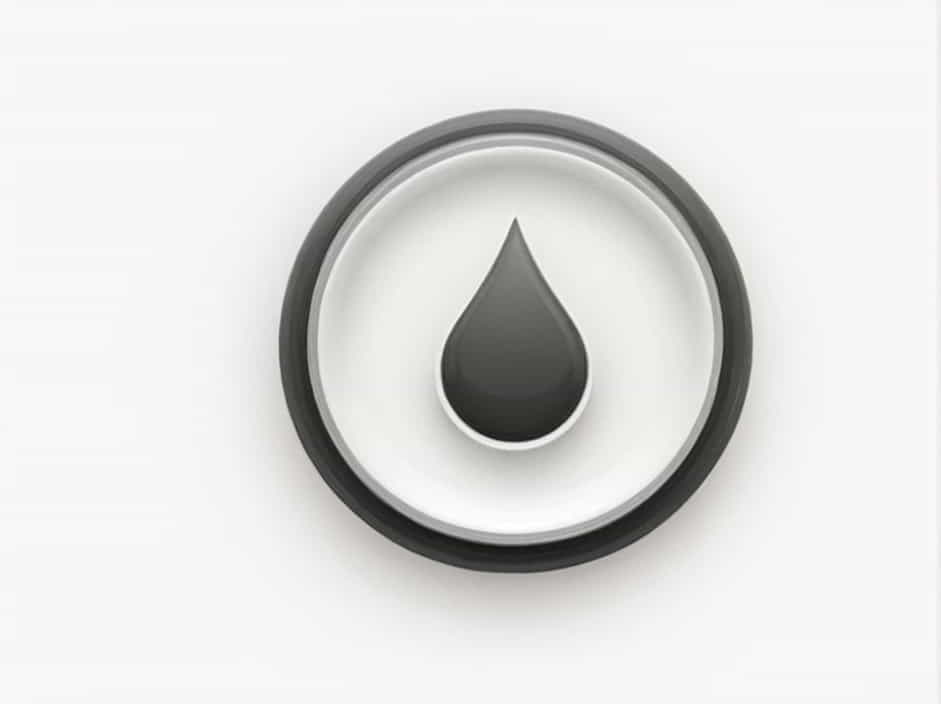Understanding the difference between soluble and insoluble substances is essential in chemistry, biology, and everyday life. These terms describe how substances interact with liquids, particularly water.
In this topic, we will explore the definition of soluble and insoluble substances, examples, factors affecting solubility, and real-life applications of these concepts.
What Does Soluble Mean?
A soluble substance is one that dissolves in a solvent, forming a homogeneous mixture known as a solution. The most common solvent is water, but other solvents include alcohol, oil, and acids.
Examples of Soluble Substances
Some common substances that dissolve in water include:
- Sugar (sucrose) – dissolves in water to sweeten drinks.
- Salt (sodium chloride) – dissolves in water for cooking.
- Vinegar (acetic acid) – completely mixes with water.
- Carbon dioxide (CO₂) – dissolves in water to form carbonated drinks.
- Alcohol (ethanol) – mixes with water to make alcoholic beverages.
How Does a Substance Dissolve?
For a substance to dissolve, its molecules must interact with the molecules of the solvent. This process involves:
- Breaking bonds in the solute – The solute ptopics separate from each other.
- Forming new bonds with the solvent – The solvent surrounds and integrates the solute ptopics.
- Even distribution in the solution – The solute is evenly dispersed throughout the liquid.
What Does Insoluble Mean?
An insoluble substance is one that does not dissolve in a solvent. Instead of forming a solution, it either settles at the bottom or remains suspended in the liquid.
Examples of Insoluble Substances
Some common insoluble substances in water include:
- Sand – does not dissolve in water but sinks to the bottom.
- Oil – does not mix with water, forming separate layers.
- Wood – does not dissolve in water but floats.
- Plastic – remains solid in water.
- Chalk (calcium carbonate) – does not dissolve easily in water.
Why Do Some Substances Not Dissolve?
Insolubility occurs when the forces between solute ptopics are stronger than the forces between the solute and solvent. This means the solvent cannot break apart the solute molecules, preventing them from dissolving.
Key Differences Between Soluble and Insoluble Substances
| Feature | Soluble Substances | Insoluble Substances |
|---|---|---|
| Definition | Dissolve in a solvent | Do not dissolve in a solvent |
| Example | Sugar in water | Sand in water |
| Appearance | Forms a clear solution | Remains visible as solid |
| Interaction | Mixes at the molecular level | Stays separate or forms suspension |
Factors That Affect Solubility
Several factors determine whether a substance will be soluble or insoluble in a solvent.
1. Temperature
- Higher temperatures usually increase solubility, especially for solids.
- Example: More sugar dissolves in hot tea than in cold water.
- However, for gases, higher temperatures decrease solubility.
- Example: Carbonated drinks lose fizz when warm because CO₂ escapes.
2. Type of Solvent
- Polar solvents (e.g., water) dissolve polar solutes (e.g., salt, sugar).
- Nonpolar solvents (e.g., oil, benzene) dissolve nonpolar solutes (e.g., fats, waxes).
This explains why oil and water do not mix – oil is nonpolar, while water is polar.
3. Pressure
- Increased pressure increases the solubility of gases in liquids.
- Example: Soda bottles are sealed under pressure to keep CO₂ dissolved.
4. Ptopic Size
- Smaller ptopics dissolve faster than larger ones because they have a larger surface area.
- Example: Powdered sugar dissolves faster than sugar cubes.
Real-Life Applications of Solubility and Insolubility
1. Medicine and Pharmaceuticals
- Soluble drugs dissolve in the bloodstream quickly, making them more effective.
- Insoluble drugs are designed for slow release over time.
2. Cooking and Food Industry
- Soluble substances like sugar and salt dissolve to enhance flavor.
- Insoluble fibers in fruits and vegetables aid digestion.
3. Environmental Impact
- Soluble pollutants (like fertilizers) can contaminate water sources.
- Insoluble pollutants (like plastic waste) remain in the environment for years.
4. Industrial and Chemical Processes
- Dyes and pigments need to be soluble to mix properly with liquids.
- Water treatment plants use solubility principles to remove contaminants.
The difference between soluble and insoluble substances lies in their ability to dissolve in a solvent.
- Soluble substances mix completely with the solvent, forming a solution.
- Insoluble substances do not dissolve and remain separate.
Understanding solubility helps in science, medicine, cooking, and environmental protection, making it a crucial concept in daily life.
